

— Products —
 Consumer hotline +8618073152920
Consumer hotline +8618073152920 WhatsApp:+8615367865107
Address:Room 102, District D, Houhu Industrial Park, Yuelu District, Changsha City, Hunan Province, China
All products
Wireless Weather Station is a weather station that does not require a physical connection (such as a cable) to transmit data. It typically sends data collected by sensors to a display device or cloud server via a wireless signal (e.g. Wi-Fi, Bluetooth, RF radio frequency). This design allows for more flexible installation, easier maintenance, and remote monitoring.
Tel/WhatsApp:+8615367865107
Email:Arvin@niubol.com +Nearly 100 partner company in more than 68 countries. We are committed to providing high-quality, practical products to meet your needs and help you solve problems.Product Details
Weather Station is a scientific facility used for observing and recording atmospheric conditions. Through a series of sensors, it carries out regular and continuous observation and data collection of various meteorological elements such as air temperature, humidity, wind speed, wind direction, barometric pressure, precipitation, etc. After these data are processed and analysed, they can be used for weather forecasting, meteorological research, agricultural production, and so on. These data are processed and analysed for use in weather forecasting, meteorological research, agricultural production, environmental monitoring and many other fields.
A Wireless Weather Station is a weather station that does not require a physical connection (such as a cable) to transmit data. It typically sends data collected by sensors to a display device or cloud server via a wireless signal (e.g. Wi-Fi, Bluetooth, RF radio frequency). This design allows for more flexible installation, easier maintenance, and remote monitoring.
The heart of an automatic weather station is the data collector. The data collector is responsible for performing data sampling, processing, storage and transmission functions. It works according to pre-set algorithms and data sampling rates to ensure that the weather data collected from the various sensors is accurately recorded and can be converted into a usable format for storage or sent to a remote central station via a communication system. This core component is critical to the operation of the entire automatic weather station, ensuring the reliability and real-time availability of the data.
1. Temperature sensor: measures the air temperature.
2. Humidity Sensor: Measures the humidity of the air.
3. wind speed sensor: measures the wind speed to understand the force of the wind.
4. wind direction sensor: measures the direction of the wind to help predict the direction of movement of weather systems.
5. Barometric sensor: measures atmospheric pressure, reflecting elevation and weather changes.
6. Precipitation sensors: measure precipitation, such as rain gauges.
7. Light sensor: Measurement of sunlight duration and light intensity.
In addition, some advanced models of weather stations or wireless weather stations may also contain sensors to measure solar radiation, ultraviolet index, soil temperature and humidity.
Wireless weather station mainly through the following ways to communicate:
1. wireless communication technologies: such as Wi-Fi, Bluetooth, mobile networks (e.g., 4G, 5G), etc., which allow a weather station to transmit observed data to a remote data centre or to a user's mobile device.
2. Satellite communication technology: For remote areas or scenarios where other means of communication are not directly available, some advanced weather stations may use satellite communication technology for data transmission.
3. Proprietary wireless protocols: such as Zigbee, LoRa, etc., which are used for communication between specific devices and are suitable for low-power consumption and long-distance transmission.
1. Provide accurate meteorological data: weather stations and wireless weather stations can monitor and record key meteorological elements in real time, providing users with accurate and timely meteorological data to help users better understand the current weather conditions.
2. Weather forecast and early warning: based on real-time monitoring data, weather stations and wireless weather stations can provide weather forecast and early warning information to help users take precautions in advance and reduce disaster losses.
3. Scientific research: data from weather stations and wireless weather stations also provide important support for meteorological research and climate change research, helping to reveal the laws and mechanisms of atmospheric change.
4. Supporting decision-making in agriculture, aviation, transport and other industries.
Wireless connectivity provides more flexible installation options and reduces wiring hassles.
Real-time data transmission helps to respond quickly to weather changes.
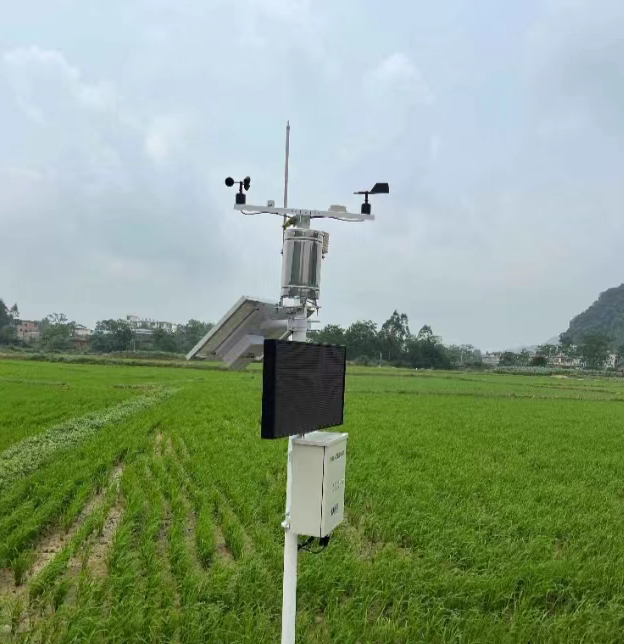
1. Agricultural production: In agricultural production, weather stations and wireless weather stations can help farmers rationally arrange farming activities, such as irrigation, fertilisation, sowing and harvesting, to improve production efficiency. At the same time, they can also provide early warning information on pests and diseases to help farmers take timely measures to prevent and control them.
2. Environmental monitoring: Weather stations and wireless weather stations can be used to monitor air quality, haze concentration and other environmental indicators, providing data support for environmental protection departments to formulate effective environmental policies and measures.
3. Outdoor activities: In outdoor adventure, mountaineering, camping and other activities, wireless weather stations can provide users with real-time weather information to help users reasonably plan their trips to ensure safety.
4. Traffic travelling: in the field of traffic, weather stations and wireless weather stations can provide real-time traffic weather information, such as visibility, road conditions, etc., to help traffic management departments to formulate traffic control measures to ensure traffic safety.
5. Meteorological research and education: The data from weather stations and wireless weather stations also provide important support for meteorological research and meteorological education, which helps to cultivate students' practical ability and scientific research literacy.
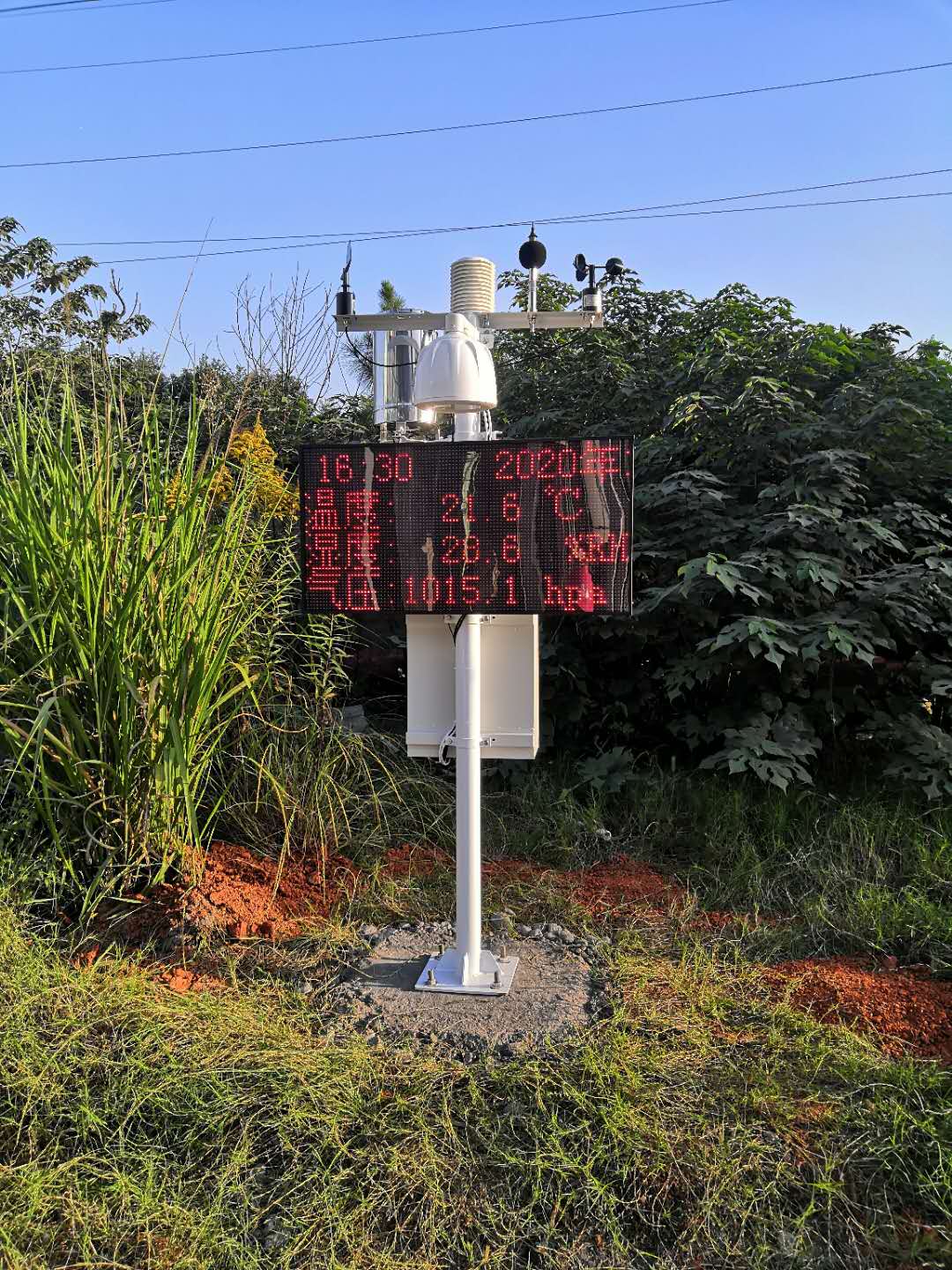
The following key factors should be considered when choosing a suitable wireless weather station:
- Personal use: if it is for home garden or personal interest, it may not require very specialised equipment.
- Commercial or scientific research: If it is used for agriculture, scientific research or industry, a more accurate and versatile weather station may be required.
- Determine how much of a budget you are willing to invest in a weather station. Prices can range from a few dozen dollars to tens of thousands of dollars.
- Confirm the type of sensors needed, such as temperature, humidity, wind speed, wind direction, barometric pressure, and precipitation.
- Consider the accuracy and reliability of the sensor, usually high precision sensors are more expensive.
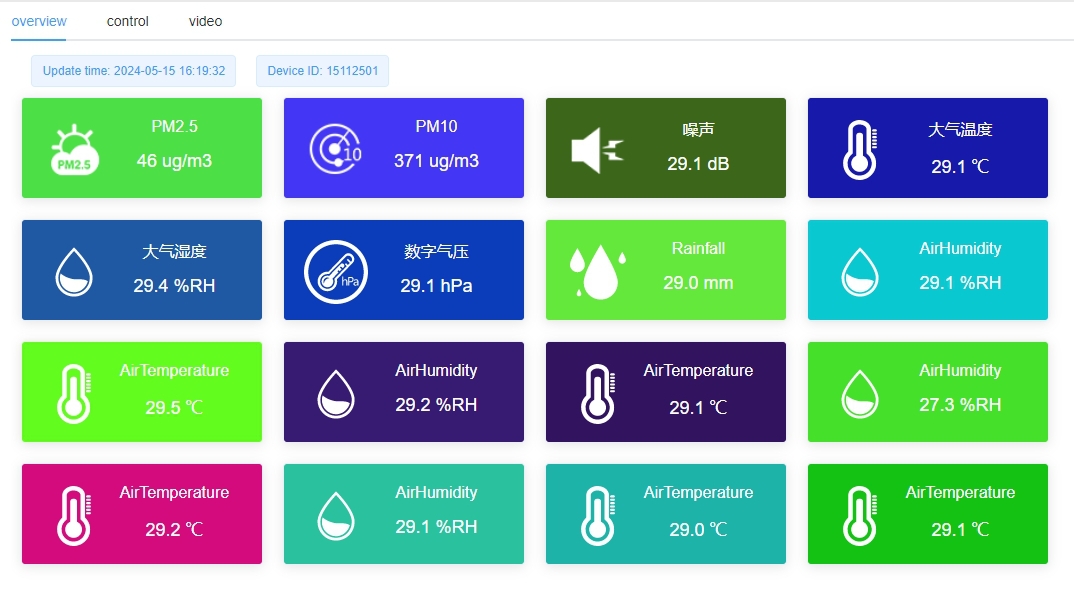
- Wi-Fi: Suitable for home network, you can view the data remotely.
- Bluetooth: Suitable for short distance transmission, usually used in conjunction with smart phones or tablets.
- RF Radio Frequency: Suitable for longer distance transmission, but may require an additional receiver.
- Confirm that the effective transmission distance between the sensor and the receiver meets the requirements.
- Check whether the weather station has a data logging function, and the capacity and method of data storage.
- Confirm whether the data can be exported for analysis.
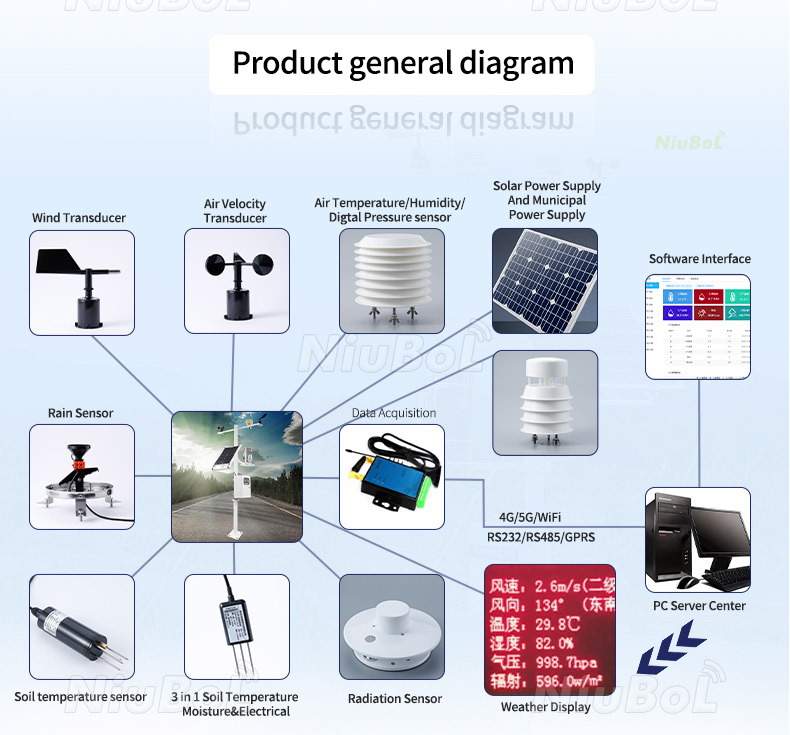
- Check whether software or mobile applications are available to view and analyse data.
- If integration with other systems is required, confirm whether the weather station supports APIs or other integration methods.
- Understand maintenance requirements, such as sensor calibration, battery replacement, etc.
- Check user reviews and feedback to understand the actual performance of the product and user satisfaction.
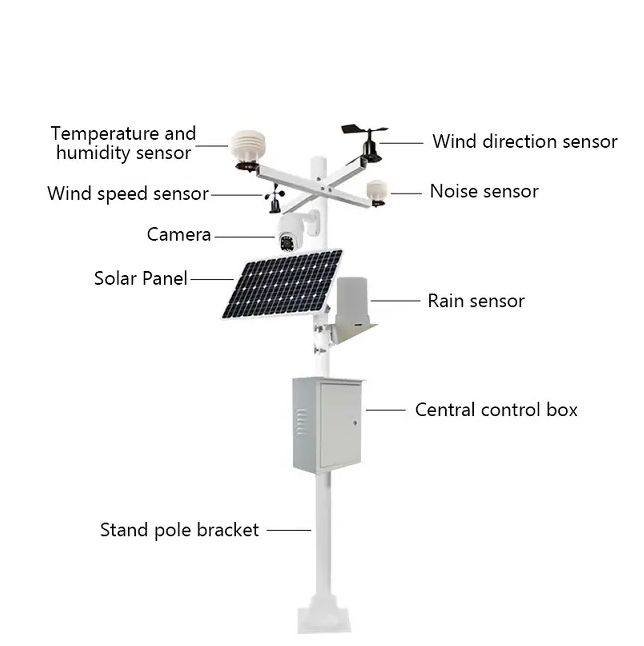
- Confirm whether the weather station is suitable for the environmental conditions in your region, such as extreme temperature, humidity, wind speed, etc.
- If you may need to add more sensors or functions in the future, confirm whether the weather station supports expansion.
Comprehensive Assessment
- Based on the above factors, list your needs and priorities, then conduct a comprehensive assessment and comparison.
- Consider whether you need additional accessories or services, such as solar panels, lightning protection, professional consulting, etc.
With the above steps, you can choose a wireless weather station that meets your needs, is cost-effective and reliable.
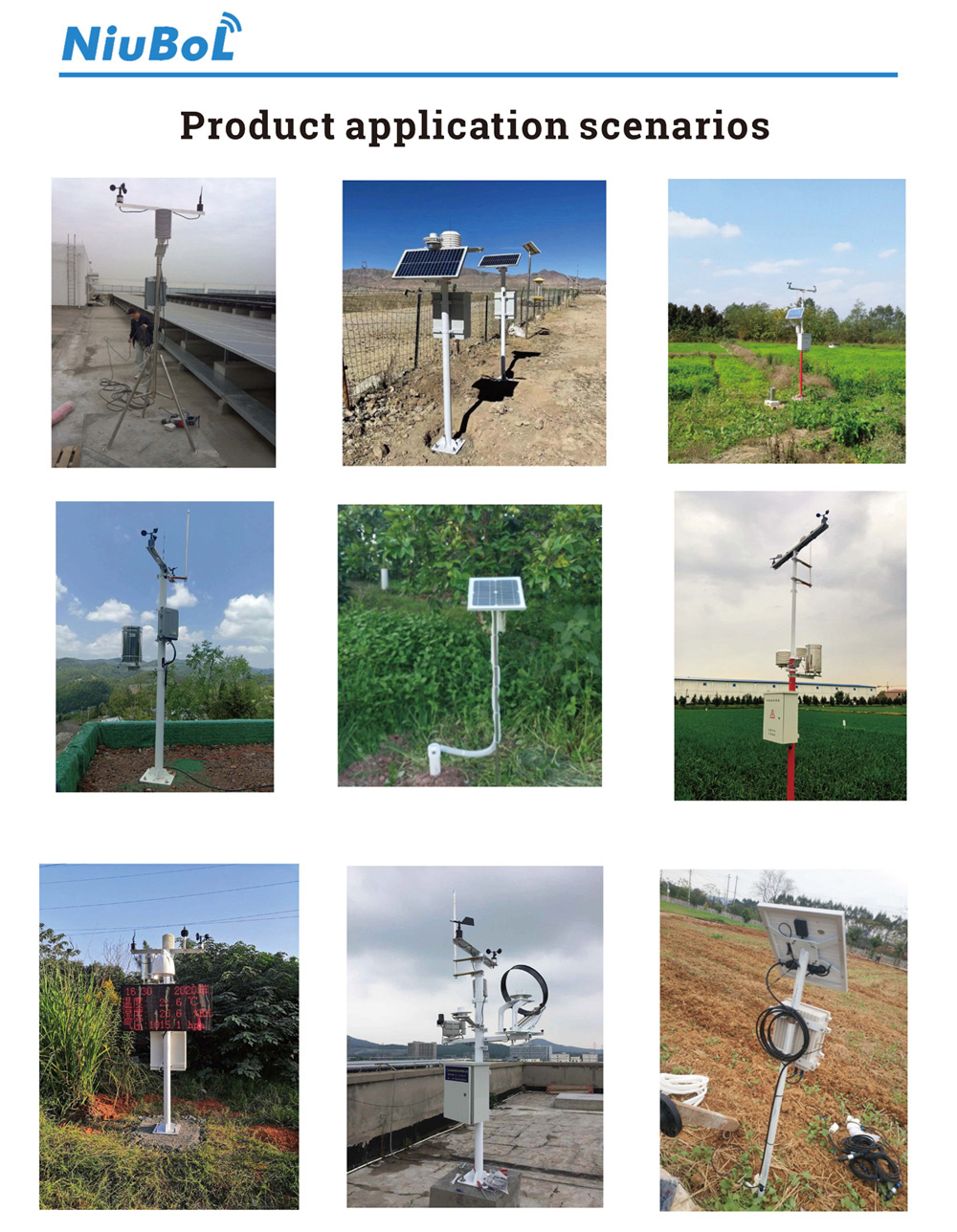
Summing up
A wireless weather station is a modern weather monitoring system that collects weather data through a wireless sensor network and transmits the data through wireless communication technology. Its role is to provide real-time weather information, and its value is reflected in its convenience, flexibility and real-time. It has a wide range of application scenarios and can play an important role in many fields from weather forecasting, meteorological research, environmental monitoring, agriculture to transport. Wireless weather station is an important part of modern meteorological monitoring technology, which is of great significance in improving the quality of life, promoting scientific research and safeguarding public safety.
Sensors & Weather Stations Catalog
Agriculture Sensors and Weather Stations Catalog-NiuBoL.pdf
Weather Stations Catalog-NiuBoL.pdf
Related recommendations
 Multi-Depth Soil Sensor RS485
Multi-Depth Soil Sensor RS485 TDR Soil Moisture Sensor
TDR Soil Moisture Sensor Pyranometer Solar Radiation Sensors
Pyranometer Solar Radiation Sensors Soil ph sensor
Soil ph sensor Tipping Bucket Rain Gauge
Tipping Bucket Rain Gauge Air Temperature and Humidity Sensor
Air Temperature and Humidity Sensor
Screenshot, WhatsApp to identify the QR code
WhatsApp number:+8615367865107
(Click on WhatsApp to copy and add friends)